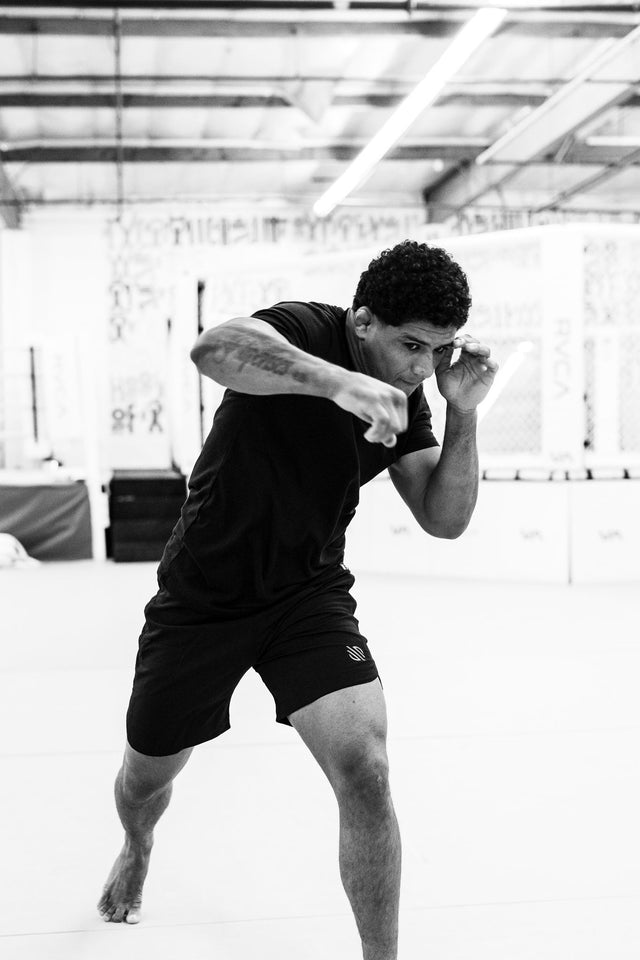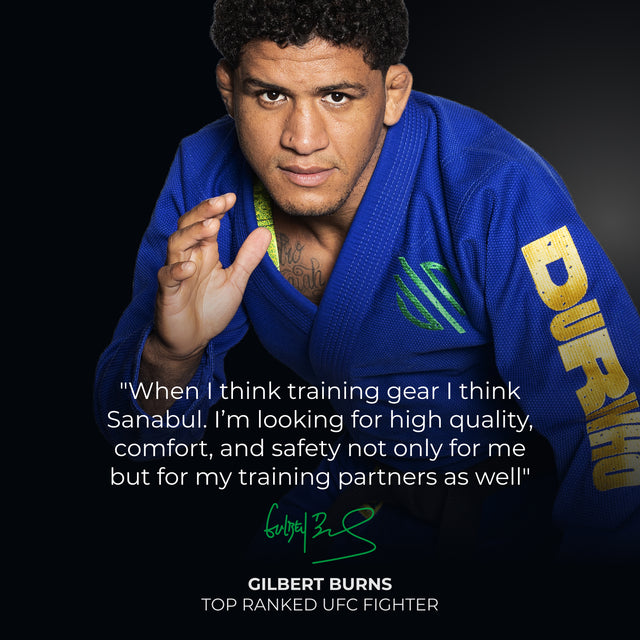Active Fighters in Combat Sports
The activeness of a fighter is characterized by how often they fight. There are a number of factors that can affect a fighter’s activeness. A few of these include the type of combat sport they compete in, training camp duration, and potential health issues they may face.
DIfferent combat sports require different methods of training, which is why fighters in different sports fight at different cadences. For example, let’s compare Muay Thai fighters with mixed martial arts fighters. Muay Thai fighters start fighting at a very young age and fight very often (some even opting to compete every month), so it is not uncommon for them to have career records that cover hundreds of fights. Muay Thai is a stand-up fighting art, so unlike mma, there is no ground grappling aspect. Mixed martial arts fighters fight less times per year, due to the amount of training required in their preparation. Not only do they have to focus on their stand-up striking, but they also have to focus on the wrestling and grappling portion.
Most mma fighters will usually average of 2-3 fights per year. Lower ranked fighters typically fight more often (3-5 fights per year), in hopes of making a name for themselves and breaking into the top fighter rankings. Higher ranked fighters may fight 1-2 times per year, as they may choose to only fight other ranked opponents. This gives them a good chance of staying in the rankings if they lose the fight and increasing their title contention chances if they win.
In the past few years, we have seen the re-emergence of some very active fighters:
- In 2018, Israel Adesanya fought (and won) four times. In the following years as the UFC Middleweight Champion, he actively sought out the best in his division and fought every contender he was given, which earned him praise for being an active champion.
- In 2020, Khamzat Chimzaev fought (and won) three times in two months.
- In 2020, Kevin Holland fought (and won) five times.
- Honorable mention: While not recent, Donald “Cowboy” Cerrone was known to be an extremely active fighter, averaging around 4-5 fights per year at one point in his career.
- Most recently, Gilbert Burns will have fought 3 times in the last five months (January, April, and upcoming May 2023 at UFC 288).
Pros and Cons
There are great benefits and potential negative consequences for very active fighters:
Pros:
- By staying active, fighters earn a reputation of being willing to fight anyone, at any time. Showing that they are always game to fight often earns these fighters massive amounts of respect from the fans and other fighters on the roster.
- If a fighter stays busy and manages to win their fights in a short amount of time, they can get paid their salary plus any potential performance bonuses they may earn.
- Through constant fighting, they also get the chance to impress more viewers and gain more fans.
Cons:
- Staying active is way easier said than done. Pushing your body to the limit every single day for months takes a mental and physical toll. Due to the stress endured during training camp and the fights themselves, fighters may need to take time off to allow their body to recover from months of hard training.
- The weight cutting process can be dangerous, as fighters typically lose anywhere from 10-20lbs (sometimes even more) in the days leading up to the fight, to make weight. To lose this water weight, fighters sweat out a lot of liquid, dehydrating themselves in the process. Fighters who dehydrate themselves need time to proerly recover after cutting and fighting. For fighters who drop a lot of weight to compete at their weight class, repeating the weight cut process too frequently might not be in their best interests of health. They cannot constantly go through multiple weight cuts in a short span of time since they deplete themselves of fluid, food, and energy (not ideal if they want to perform at their best).
- If a fighter suffers an injury during camp or during the fight, they will have to take an even longer layoff off from fighting to heal up. The recovery process can take many months, even years, to get fighters back to fighting condition. Surgery may be required to fix any damage in their bodies, followed up by months of physical therapy to help them regain strength and mobility. After this time, fighters may be able to return to training, but there is the possibility that they do not have the same movement capabilities as they had before surgery.
Recovery time between fights
So should fighters stay as active as possible or take some time off after they fight? After hearing both sides of the issue, what’s the minimum recovery time that fighters should take before they fight again? It all depends on their situation.
How much damage did they absorb in training camp? What about the fight itself? The body may be okay, but the brain may need rest - do they have a concussion? Do they have any injuries they need to take care of? How depleted are they from cutting weight? From fighting?
Generally, it is a good idea to take some time off between fights to allow both the brain and body recover from the stress of fight camp and fighting. However, if a fighter absorbs little to no damage, is not negatively affected by their weight cut (cutting smaller amounts of weight and competing closest to their “natural” weight class may help with this), and has no apparent injuries, they may be in good enough condition to ask for a fight sooner rather than later.
Thank you for reading - we hope this article gives a comprehensive overview of active fighters!





0 Comments
There are no comments for this article. Be the first one to leave a message!